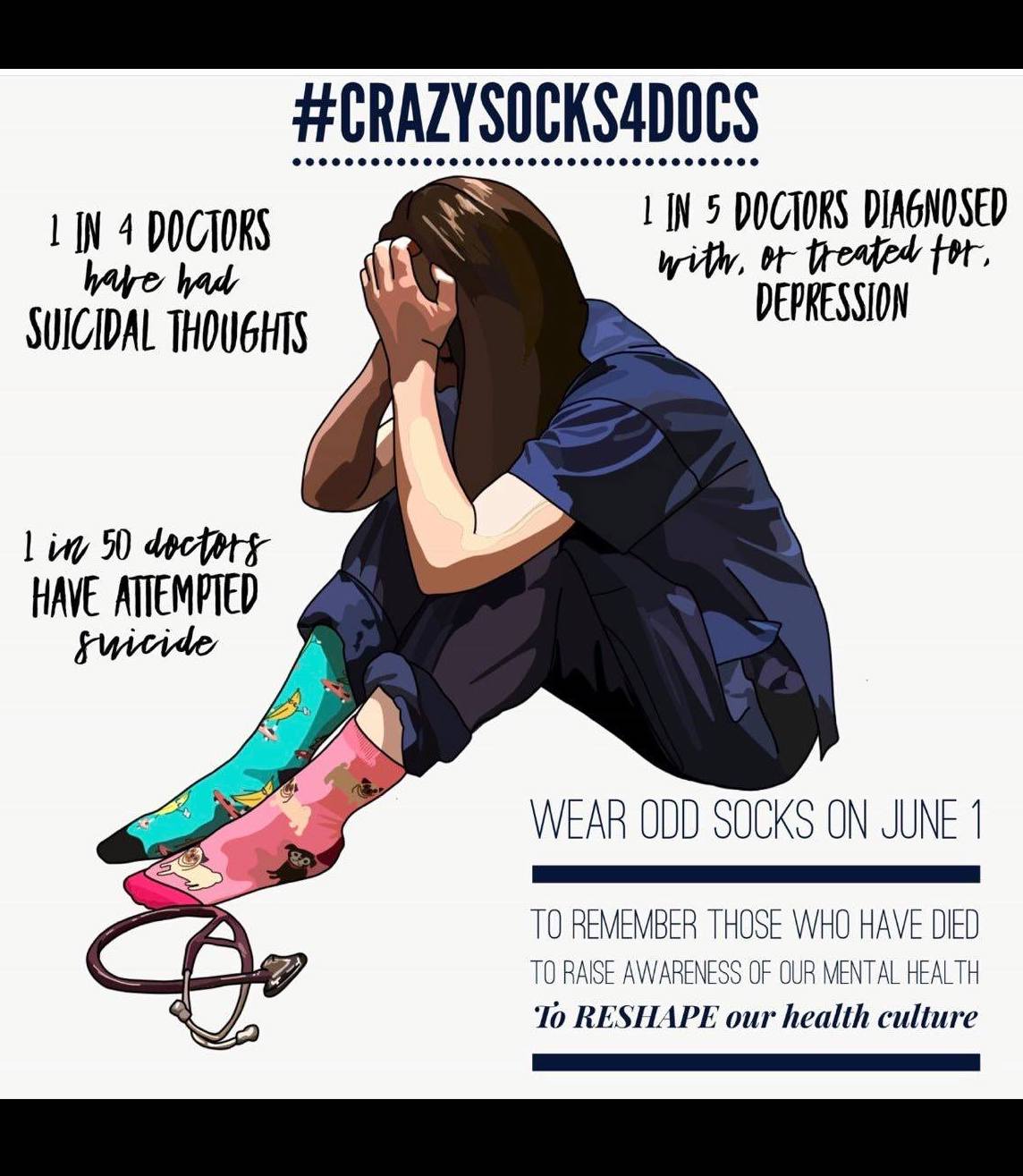
Did you know that June 1st is a day devoted to raising awareness about doctor suicide by wearing “crazy socks” and posting photos on social media with hashtag #CrazySocks4Docs? Though the concept seems strange, the goal is to normalize conversations about doctors’ mental health. Please listen to my full podcast analysis here . . .
Funky socks? Such a surreal concept when I’ve devoted nearly every waking moment during the last 5+ years of my life to preventing these suicides through writing, speaking, film, TV, retreats, petitions—even running a suicide hotline out of my home. I’ve been on the phone with families in the immediate aftermath of losing their children to suicide in med school. I’ve flown newly widowed women to Oregon for private retreats to help them heal after losing their physician husbands to suicide. I’ve lost nine doctors in my small town to suicide. I was lucky to have survived myself.
Yet I’ve been so frustrated by the lack of serious response and even suicide censorship from many media outlets and medical institutions. Why not address the real issues underlying this epidemic? Could wearing mismatched socks actually prevent doctor suicide? It’s probably the only thing I haven’t tried yet.
After losing 3 doctors to suicide from one building—Mount Sinai sent out a mass email on May 30th asking their staff to “consider wearing odd socks” on June 1 to support “International Physician Mental Awareness Day” along with the image of a resident face palming with pugs on left pink sock and bananas riding skateboards on right turquoise sock.
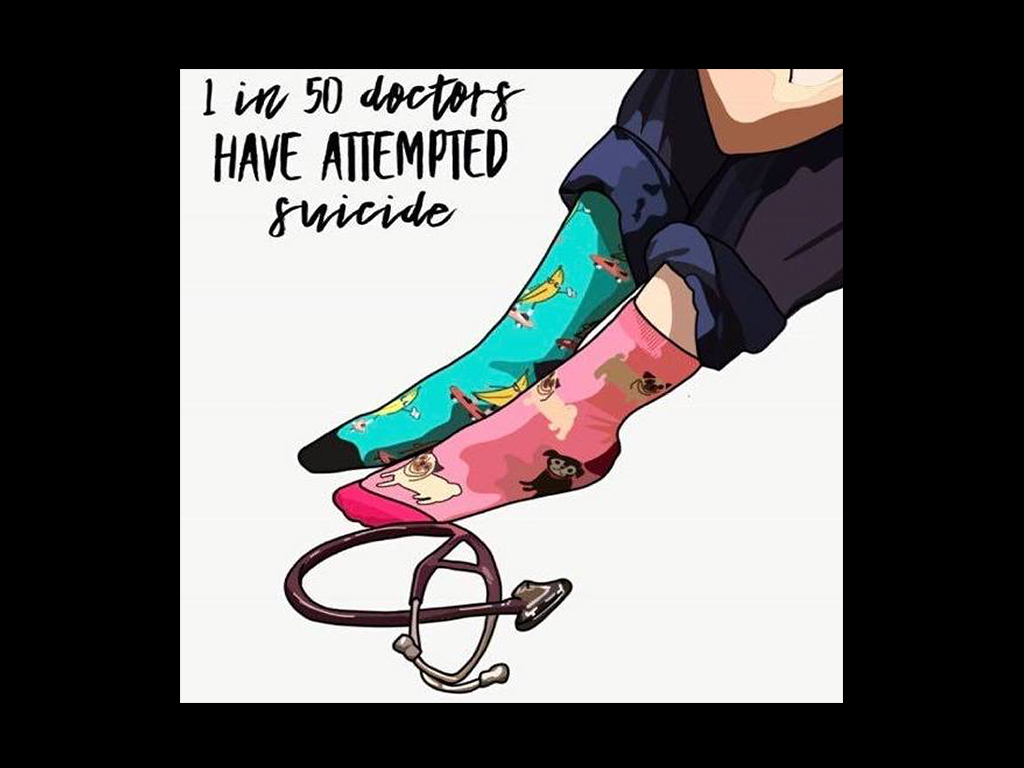
I just led a eulogy and 10-hour memorial service for Deelshad Jooman, the last doctor who stepped off the roof of Mount Sinai earlier this year. When I arrived, Mount Sinai staff told me if any media showed up to the memorial they would be arrested. Residents and staff were told not to share anything about the suicide or they’d be breaching their contract and risk termination. Doctors warned me of deplorable working conditions, of the dead doctors they keep seeing on the sidewalk, and they begged me to investigate and expose unsafe working conditions at NYC hospitals.
In the midst of rampant human rights violations in our hospitals, here are my top 10 thoughts on #CrazySocks4Docs and how you might celebrate:
1) #CrazySocks4Docs campaign was created by Geoffrey Toogood, a Melbourne cardiologist who wants to bring awareness to doctor suicide. I’ve been told his sock initiative may have actually saved doctors’ lives in Australia. For that I am grateful.
2) “Crazy” isn’t the best word to destigmatize a mental health day as discussed on this lively Reddit thread—My institution’s innovative approach to physician suicide.
3) The antidote to censorship and secrecy IS awareness. Media, medical institutions, even families have shielded these suicides in secrecy for too long. Increasing public awareness and decreasing professional denial is a prerequisite for widespread culture change. We can’t solve a problem that nobody knows exists. Hiding and minimizing or making a silly gimmick out of suicide is inappropriate and counterproductive. Socks are not highly visible and neither are doctor suicides. Socks hidden under slacks and shoes are not a great awareness strategy unless you roll up your pants up to your knees (see #10 for 3 things to do when you’re asked about your silly socks).
4) Doctors are acutely aware of our suicide crisis. Most have lost a colleague to suicide. I just got a letter from an anesthesiologist who lost seven colleagues to suicide. Doctors report crime scene tape and doctors’ bodies covered with tarps and sheets outside their hospitals and other physicians (often anesthesiologists) dead by overdose inside their hospitals.
5) High doctor suicide rates have been reported for decades. I’ve spoken to thousands of suicidal and distressed physicians over the last 5+ years through my suicide hotline and have a clear sense of what leads to doctor suicides. View Do No Harm film trailer to learn why our doctors are dying.
6) Physician suicide is a public health crisis. One million Americans lose their doctors to suicide each year. At Loma Linda Hospital 3 doctors died by suicide within 6 months. At Mount Sinai, 3 jumped from one building in less than 2 years. Just last month, 2 died at NYU within 5 days. Here’s what I’ve learned from 757 (now 953) doctor suicides. Public health crises like Ebola require rapid response and intervention with daily body counts—real action not just awareness campaigns.
7) Medical institutions have been slow to respond. While individual initiatives involving colorful socks or ribbons may create conversation, medical institutions are tasked with saving lives via definitive action. Mandating wellness and mismatched socks or labeling highly intelligent victims with “burnout” fails to address institutional violence and human rights violations rampant in medical training.
8) Serious problems require serious solutions (and responses). While conversations may begin at a very superficial level (“Hey, cool socks doc!”), raising awareness must quickly move to action if we are to save lives today. Hospital administrators and CEOs have a real opportunity on June 1st to move beyond self-protective sound bites and talking points that blame the victims and take some responsibility for the system that sets so many doctors up to fail. Let’s move from pugs on pink socks to collaborating on serious real-world suicide solutions.
9) Physician suicide is an occupational hazard that requires an occupational solution to chronic sleep deprivation (28-hour shifts!), bullying and hazing that endanger the lives of doctors—and patients. Physicians require access to non-punitive 100% confidential mental health care and protection by ADA, OSHA, and labor laws—without employer retaliation. Thankfully a legal team is now convening to enact real solutions.
10) Three ways to help prevent doctor suicide on June 1 (whether you choose to wear mismatched socks or not).
#1 – Share your story of the loss of a colleague (or your own mental health struggles).
#2 – Show film trailer of Do No Harm documentary (the film that some institutions don’t want you to see).
#3 – Download & share free audiobook of Physician Suicide Letters—Answered.
And if you choose to use hashtag #CrazySocks4Docs please share what specific measures you are personally taking (beyond just displaying your beautiful socks) to combat the doctor suicide crisis.
Thank you for caring about our doctors.
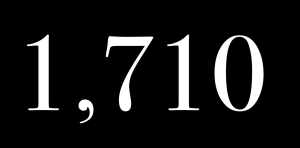

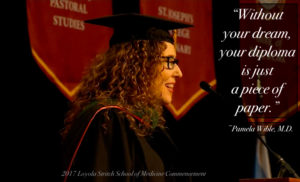
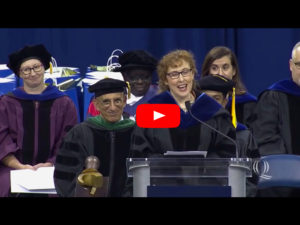
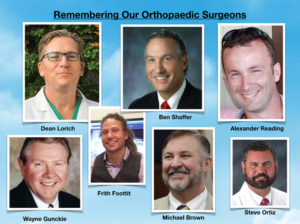
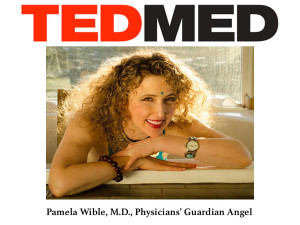
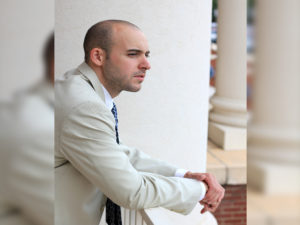
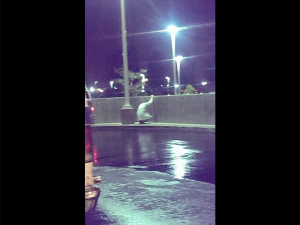
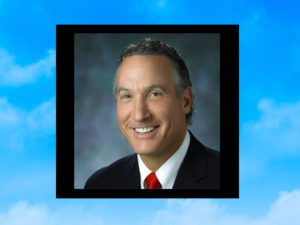
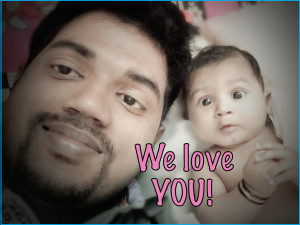

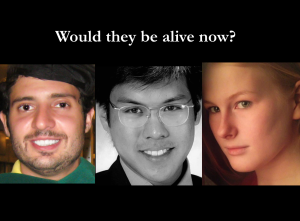
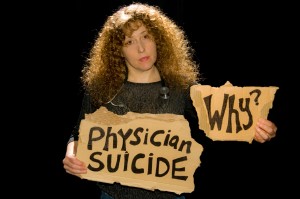
Thank you for you thoughtful response Dr. Wible. The crazy socks really trivialize such a serious issue.
Seems very weird to me. Yet it is popular in Australia. Who knew?
It is a very Australian response to the problem – similar thing in the form of loud short day. In response to your point #3 have a look at some of the pictures many many people wearing socks above boots, with shoes, scrubs tucked in to show off the socks and bring conversation up. People are sharing how they are wearing their socks as one of the 4 or one of the 5 and a few who are one of the 50. Others how suicide has been dealt with poorly in the past. It’s not the whole answer no but if we are talking about it the we will talk solutions too.
Dear Folks, I dare say Pamela Wible deserves a high five from all of us, again! Dr. Wible has been sharing this problem and ways to deal with it for a number of years and again we own her thanks. Now as for the “Crazy Socks” lets do it for our doctors and their family’s. I just crazy enough to have a couple of pairs and as my wife Alice pointed out the other day, “your wearing to different colored socks”, oh well I’m glad I’m old enough to where that doesn’t matter. Thank you Dr. Wible for all your kindness. Best as always, James M. Kenyon
Crazy socks? Why not if wearing them raises consciousness of human pain AND leads to constructive actions to allieviate (spell check is taking a day off and that doesn’t look right to me) the pain and suffering.
Why not wear clothing backwards and inside out? Folks may not notice your socks, but for sure, will notice if your clothing is on backwards and inside out. Backwards and inside out is the perfect metaphor for our attitudes and behaviors around physician suicide.
Years ago, I created the conscept of “complimentary medicine.” As a health care consultant, my charge to participants was to go to work every day with the intention/goal of giving at least 5 others in their hospital a compliment, doing or saying something sincere with the intention of making the recipient feel good.
There is a pretty substantive body of research substantiating that if I do or say something that makes someone else feel good, I reap physiological and psychological benefit, too. For the health and well-being of all! Bless you, Pamela for your courage, compassion, and commitment!
Thank you so much for your timely efforts in the management of suicide risk and effective suicidal ideation and suicide prevention interventions. I respect your voice in this important endeavor.
Honestly, without context I was confused as to what the socks had to do with the statistics.
As an African- American, about the anger directed at us related to peaceful protest about death. I think about kids being in fear of being in school because of death. I think as a physician about colleagues who feel that taking their life is the only option they have to deal how institutions treat them.
Unnecessary death, in any form, needs to stop. Period. I already know that empathy in this country is hard to come by.
The general public needs to be as upset about what is going on with our physicians colleagues as we are. Great efforts are needed to bring this issues to the forefront ( See #3). Thank you Dr. Wible
Great article, Dr. W! While I’ll happily don some funky socks in solidarity with my fellow physicians (still haven’t figured out who Don Gloves is, though…), my little way of chipping away at the greater issue is to be “out” about my Issues to the point of probably oversharing. I’m routinely surprised whenever I mention my anxiety dx and colleagues’ jaws drop because they’d always assumed they were the only ones who’d struggled. Nevertheless, we persist!
Wearing my socks for my friend Steve who succumbed to his depression in January 2018. Bringing attention to the problem at my academic institution in New Orleans.
Merit of immeasurable extent is generated each occasion conversation is instigated around an ‘unmentionable’ or ‘inappropriate’ subject. Pamela’s choice to associate herself with advocating awareness of these tragic shortened lives and generating reflection on what the individual losses have cost each of us is to be commended.
Pamela’s high public profile could be bolstered even more in a campaign created to draw attention to colleagues envisioning supportive global culture change – in recognition nature of this crisis is not related to nation specificity but taking place globally.
There is value to be contemplated in designation of a specific day of the year or 365 day basis organized around such a focus of generation of awareness of other contemporary spokespersons. MIT’s social psychologist, Sherry Turkle holds foremost position on list of suggestions which I would elect. VOICES. VOICES we have been deprived of belonging to those who have prematurely departed. VOICES and CONVERSATION exists as a strong influence provoking change but MEANS OF MAJOR LEVERAGE TO IGNITE CHANGE based on its contagious ability.
Conceded is conception of sock selection may fortify individual decision making as the person may have mindful intrusion during the course of the day pertaining to what their attire consists of – even for such an article of clothing as one concealed beneath the pant leg.
‘RECLAIMED CONVERSATION’, seizing on a term coined by Sherry represents a quantum leap toward revolutionizing culture, always.
I was, at first, all set to wear some crazy socks to my small acupuncture practice today. I wore some pretty wild socks yesterday just for fun, with a skirt, and had several comments. But then, people expect me to be a little weird.
After reading why it might be inappropriate (most socks are hidden, the word crazy, minimizing a serious issue), I guess I won’t. I thought perhaps it could be one of those teachable moment things, and I wouldn’t be putting a negative spin on it (hiding, “crazy” label and so forth), but perhaps I don’t think things out very well. So now I won’t talk about it. Hmmm. Bearing that in mind, I believe I just came full circle. I will wear my socks and see if anyone even says anything anyway.
Thank you Dr. Wible for being one of the mentors in the field that speaks with honesty and forthrightness. Wearing socks to “start the conversation” appears to me as another deflect and deny tactic, even physically speaking as you had pointed out (socks are normally the 2nd most hidden clothing garments). These awareness campaigns seem to be the common 21st century mechanism for not solving issues. We’re so overwhelmed nowadays, particularly my generation in their late 20s and early 30s, with “awareness” campaigns and social media. At some point, I feel we are more hyper-aware and outspoken than any prior generation, and yet more afraid than ever before. Please keep spreading the word of honesty and truth, hopefully more colleagues and mentors will eventually muster up the courage to do the same. Part of changing our culture in medicine is also changing policy. Not socks for a day.
To me, the crazy socks response is one of those gimmicks that healthcare organizations are fond of because it gives the appearance of addressing the problem without actually doing so. This is far too superficial of a response to address the seriousness of the issue, which are work conditions that are breaking bright and talented individuals.
I proudly wore my mismatched and garish socks today, with my scrubs rolled up to show them off. Lots of my colleagues at the hospital wondered ‘what’s up with that?’ and I directed them to our new Health and Wellness corner of the doctor’s lounge where they could peruse lots of information about suicide awareness and prevention. Silly act led to great spread of awareness and serious education. It worked!
Excellent. Anything to promote conversation is worthy. I wore my wildly colorful mismatched socks today though nobody asked me why. I did sort of hold an uber driver hostage for a bit at my hotel with a conversation about doctor suicide.
One more senior resident in anesthesiology committed suicide in India.msny say in India that being single is a reason for suicide.But the more cases im coming across with people of all ages is showing its an epidemic where the system needs change. A senior resident doctor of Tata Memorial Hospital committed suicide on Saturday night by injecting an overdose of anaesthesia to herself. According to Bhoiwada police, the 35-year-old woman was suffering from depression and was undergoing treatment. Rupali Shivaji Kalkundre was found dead at 4:30pm by her husband at their home. According to an official from the Bhoiwada police station, “When the doctor gave no response after continuous ringing the doorbell and knocking, he opened the door with another key and found Kalkundre unconscious. She was rushed to the hospital as they stayed in the hospital premises. She was declared dead as she the victim overdosed on a shot of anaesthesia which was found by the police and the family members.”
The deceased was working as a fellow in anaesthesia at the hospital.
We need to do more than wear socks. We should demand a forum at every single hospital, medical school across the country. We need to be in people’s faces about this not laid-back not politically correct none of it. They need to hear it loud and clear I don’t care if they’re uncomfortable that’s the point. The two recent suicides of celebrities shows the problem. Why why why. I’ll tell you why. People that are suicidal are some of the best actors around we deserve Academy Awards because of the way we hide it. We don’t want help. We want to stop the pain. How difficult is that to understand. I’m very upset by all this. I want to do so much yet I don’t know where to go who to talk to you I’m trying to be a pest I’m trying to be relentless. I don’t care if I upset people. Suicide upsets even more. Very frustrated